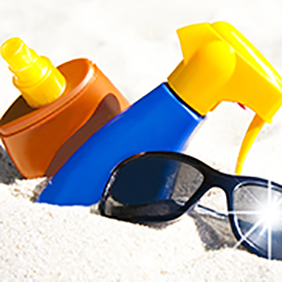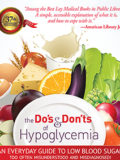
Photo: Deposit Photos, Carballo
We’ve come a long way from the old commercial, “tan don’t burn.” Today’s message goes even further … “lather up or else.”
Sunscreen remains an absolute summertime necessity, but Americans who put too much faith in those familiar SPF numbers could be in for a surprise, according to Consumer Reports, the independent, nonprofit consumer organization. In CR’s latest annual tests and ratings of 58 lotions, sprays, and sticks, 20 sunscreens tested at less than half their labeled SPF number.
“For the fifth year in a row, many sunscreens failed to provide an adequate level of protection in our tests,” said Trisha Calvo, deputy editor of health and food for Consumer Reports. “When consumers wear sunscreen, they should feel confident that they’re well-defended against sunburn, skin cancer, and skin aging, and that they’re actually getting the level of protection promised on the label. That’s where CR’s ratings come in.”
Consumer Reports tested sunscreens for UVA and UVB (SPF) protection, and how closely the sunscreen’s tested protection matched the SPF on the label. With some sunscreens, even though CR’s tested protection varied from the labeled SPF, the product still provides acceptable UVB protection.

Deposit Photos, ©Katia 26
For example, Coppertone Ultra Guard Lotion SPF 70 received a Very Good score for variation from SPF in our tests. That means it tested within 70 to 84 percent of the labeled SPF, coming in at an SPF over 49 in this case. That got the product an Excellent rating for UVB (SPF) protection and a recommended designation.
A total of 15 sunscreens received Excellent overall ratings and earned CR’s recommended designation. Among them are La Roche-Posay Anthelios 60 Melt-In Sunscreen Milk lotion, Trader Joe’s Spray SPF 50+, Equate Sport Lotion SPF 50, Pure Sun Defense Disney Frozen Lotion SPF 50, and Banana Boat SunComfort Clear Ultramist Spray SPF 50+.
The full report, which features Four Steps to Sunscreen Success and the complete product ratings, is featured in the July 2017 issue of Consumer Reports and at CR.org.
As in previous years, Consumer Reports could not find a mineral-based sunscreen — often referred to as “natural” sunscreens — that delivers the whole package: top-notch UVA and UVB protection. This was despite the fact that CR added more mineral sunscreens to its tests and included products with higher concentrations of the active ingredients than it did before. The “natural” sunscreen that ranked highest in CR’s ratings was California Kids #Supersensitive Lotion SPF 30+. It has an overall Good rating, a Very Good score for UVB protection, an Excellent variation from SPF rating, but it rated only Fair for UVA protection.
“If you can’t find one of the 15 CR-recommended products, we suggest using a sunscreen labeled with an SPF of at least 40 that contains chemical active ingredients such as avobenzone rather than ‘natural’ or mineral active ingredients such as zinc oxide,” Calvo said. “We’ve found that this offers the best chance of getting a sunscreen that delivers at least an SPF 30.”
Certainly, sunscreen can be a valuable tool for skin cancer prevention—but only if it’s used correctly. According to the American Academy of Dermatology https://www.aad.org/, many people make mistakes when applying sunscreen that can compromise their protection from the sun’s harmful ultraviolet way, increasing their risk of skin cancer.
The AAD offers these tips:
Choose a sunscreen with an SPF 30 or higher.
While no sunscreen can filter out all of the sun’s UVB rays, SPF 30 sunscreens block 97 percent of the sun’s UVB rays.
Look for the words “broad spectrum.”
This means the sunscreen will protect against both UVA rays (which cause premature skin aging) and UVB rays (which cause sunburn). Both types of UV rays can lead to skin cancer.
Look for the words “water resistant.”
No sunscreen is completely waterproof, but water-resistant sunscreens can provide protection for wet or sweaty skin for 40 or 80 minutes, as indicated on the label. All sunscreens should be reapplied every two hours, or after swimming or sweating.
For sensitive skin, choose a sunscreen with the active ingredients zinc oxide or titanium dioxide.
Those with sensitive skin also should avoid sunscreens that contain fragrance, oils and para-aminobenzoic acid, also known as PABA.













